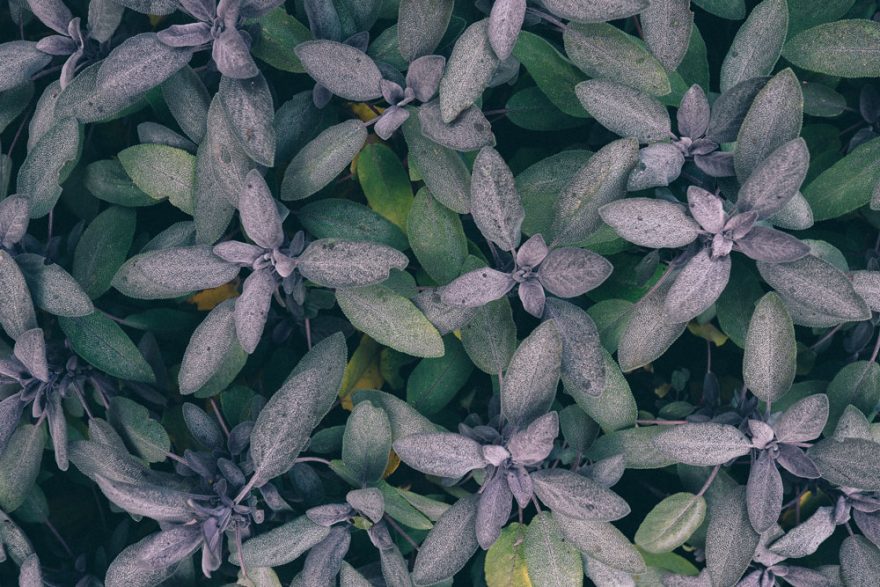
When you’re out on a hike, it can be hard to properly identify plants you can safely eat. Of course, there are some of the more obvious fruits and mushrooms. However, there is a world of wild plants out there ready to be eaten.
What’s more, these plants taste good, too. They’re the perfect natural snack on your hike for a small energy boost.
Here, we’re covering five wild plants which are not often thought of when it comes to consuming them as food.
Mountain Mint
One of the easiest ways to identify the mountain mint plant is from it’s distinctive mint smell. You can eat the plant raw, or alternatively use it for its taste when cooking. The mountain mint plant is thought to be medicinal and a natural antiseptic, making it great in teas for treating colds and coughs.
Spruce Tips
Spruce trees are incredibly common and are around all year long, being evergreen. The easy way to identify a spruce tree is to look for the tree which would be suited in homes at Christmas time. Although there are around 40 species of spruce, the tree can be identified by noticing that they appear bushy and that their pines are sharper than those of fur.
Lamb’s Quarters
The Lamb’s Quarters in a year-round plant which permanently appears like it has white powder/dust on its leaves. Its a healing plant and spreads to contaminated soil in order to purify it. When the plant is dry, the leaves are white and dusty; when wet, the water runs of the leaves and doesn’t stick. It can be found anywhere, however usually in gardens, forest clearings and by rivers.
Purslane
Thriving in poor quality soil, this edible plant can grow pretty much anywhere. Purslane is often eaten in salads and soups as a cooked vegetable, or it can also be used as seasoning over other meals. How do you identify it? It has a thick, red stem and green leaves, which is its most identifiable feature.
Wild Bee Balm
An aromatic plant which is known be attractive to bees. Wild Bee Balm is often used in an attempt to cure colds by being put into tea. It can also be consumed raw or cooked. This plant can be easier to identify due to its bright lavender/pink color. You’ll typically see it in dry and warm locations .
 Your Privacy Choices
Your Privacy Choices
 The
The